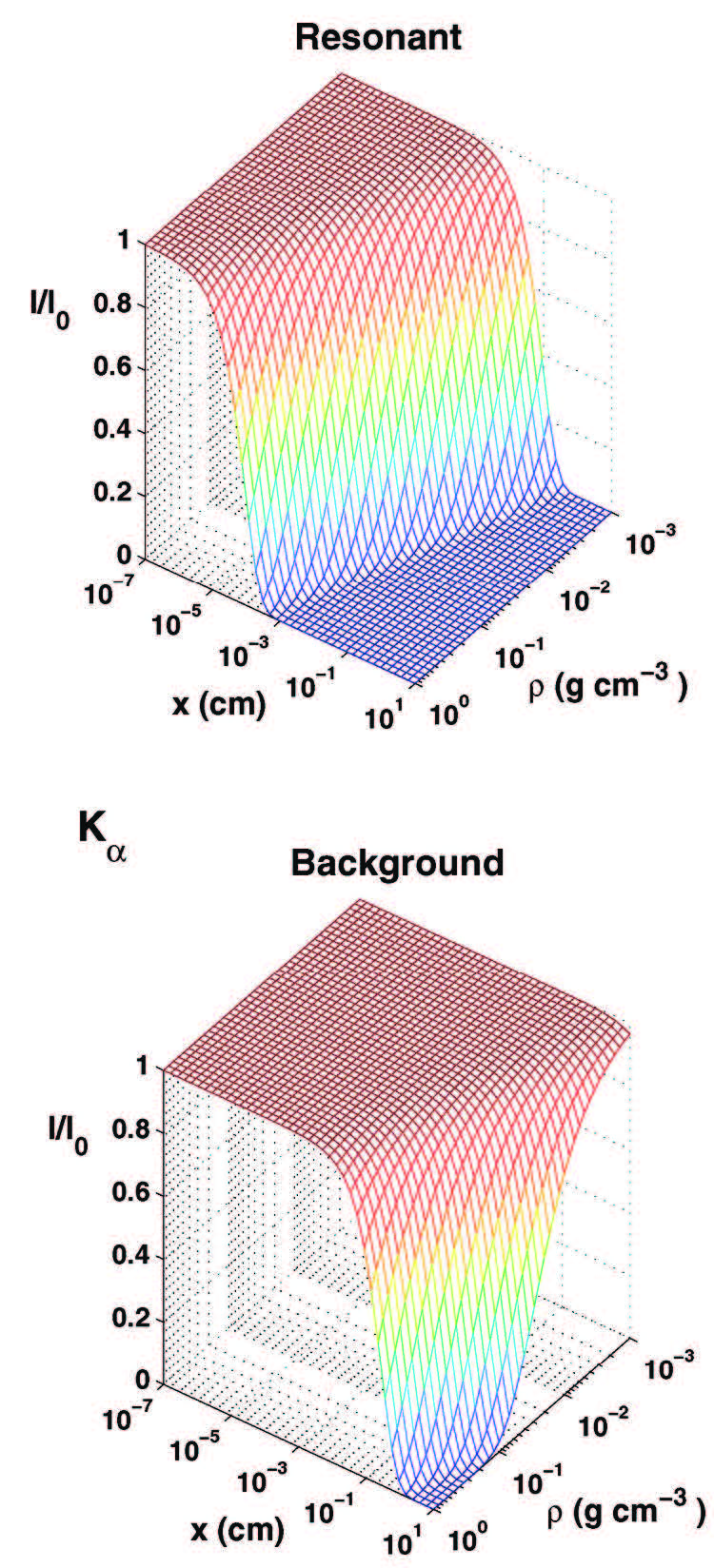Two Ohio State University astronomy researchers have established an international reputation for using X-rays and supercomputers to search the vast depths of space to identify elusive black holes. Now, they and their interdisciplinary colleagues are repositioning their scientific methodology to peer into the human body to enhance cancer therapy and diagnostics (theranostics).
Led by OSU’s Anil Pradhan, Ph.D., and Sultana Nahar, Ph.D., an international research team is using new computer-based models and high-end X-ray spectroscopy to minimize radiation risks and enhance therapeutic efficiency for cancer patients. The X-ray irradiation process causes embedded nanoparticles of iron, gold and other heavy elements to release photons and low-energy electrons to help break up the DNA in malignant tumors. The researchers are also experimenting with bromine, iodine and platinum, which are active elements in radiological contrastagents used for imaging.
“The resonant nano-plasma theranostics or RNPT could revolutionize X-ray diagnostics and therapy,” Pradhan told the science magazine Nature. The RNPT approach would reduce radiation exposure by factors from 10 to 100, he added.
The research team accesses the IBM Cluster 1350 system at the Ohio Supercomputer Center for their modeling needs, as well as for their astrophysics research. In their study of invisible black holes, researchers collect telltale radiation readings from a plasma sea of super-hot atoms, using satellites and large telescopes. Pradhan, Nahar and their team leveraged OSC resources to perform high-accuracy energy calculations to compare with the radiation readings.
--
Project lead: Anil Pradhan and Sultana Nahar, The Ohio State University
Research title: Nanospectroscopy for nanomaterials and nanobiomedicine
Funding source: The Ohio State University
